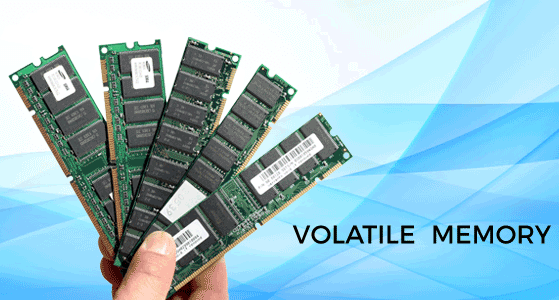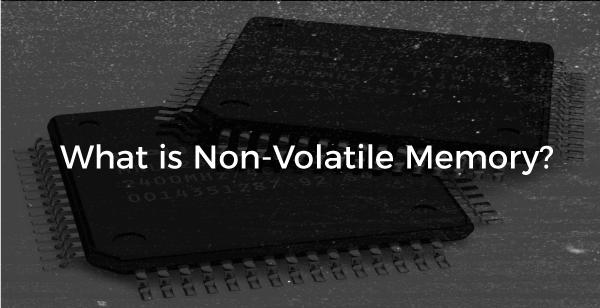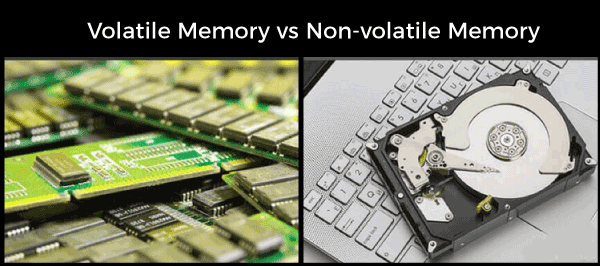Difference between Volatile Memory and Non-Volatile MemoryIn this article, we will discuss the difference between volatile memory and non-volatile memory along with their separate discussion. Both volatile and non-volatile are the types of memory. Sometimes, students get confused about both terms. It is a common question that arises in computer fundamental examinations. So, it is important to know the difference between both. So, without any delay, let's start the topic. Volatile MemoryIt is a type of computer memory that only keeps the stored data till the system is powered. It requires a continuous electric current to maintain its saved data. It is also referred to as temporary memory. When there is no electric power in the system, the data automatically erases from the computers. 
In desktop and laptop computers, 'Random Access Memory (RAM)' is a volatile memory. The read and write operations on RAM are faster than the hard disk and solid-state drive. That's why computers, tablets, mobiles, and other electronic systems use RAM for high-speed data access. When we are working on a document in our computer systems, the document is kept in RAM. When the computer is turned off, the random access memory automatically loses its documents. To keep documents from getting erased, we should save them in non-volatile memory like hard disks, removable disks, and optical disks. Some common examples of volatile memory are RAM and Cache memory. Two types of volatile memory are Static RAM and Dynamic RAM. Static RAM is a simple random access memory. It uses flip-flops for storing each data bit. This RAM also loses its data when the electric power is disconnected from the system. Dynamic RAM loses its data in a very short time, even when the system's power is on. This memory is used as the main memory because it is small and less expensive. Non-Volatile MemoryNon-volatile memory does not require continuous power to keep the data or program files located on the computer to become an effective power saver. In this memory, data is kept within the memory, even when the power is gone. It is also referred to as the permanent memory. The common examples of Non-volatile memory are ROM (Random Access Memory) and HDD (Hard Disk Drive). 
Information required to be stored for a long time is stored in the non-volatile memory. In comparison to volatile memory, the performance of this memory is slower. It can store any kind of data permanently. Volatile Memory v/s Non-Volatile Memory
Now, let's see the comparison between volatile memory and non-volatile memory. We are comparing both terms based on some characteristics.
So, that's all about the article. Hope it will be helpful and informative to you.
Next TopicDifference between
|
 For Videos Join Our Youtube Channel: Join Now
For Videos Join Our Youtube Channel: Join Now
Feedback
- Send your Feedback to [email protected]
Help Others, Please Share










